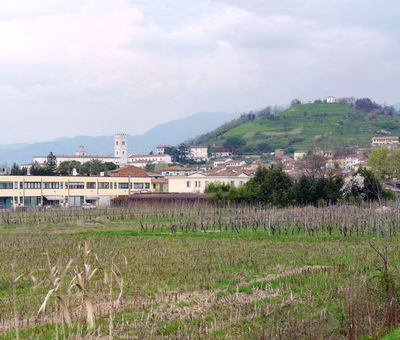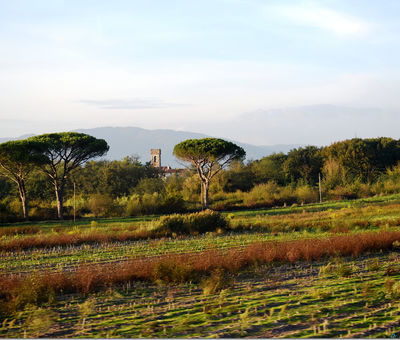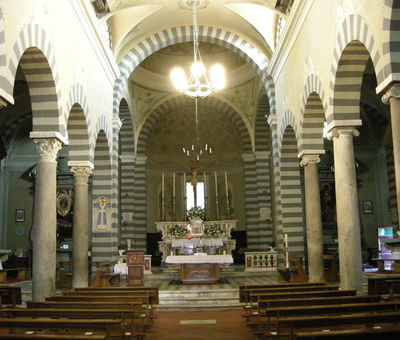What if Matilde wasn't from Canossa?
She was one of the most powerful and talked about women of her time and certainly the most important female figure in the history of Tuscany in the mid-Middle Ages. Daughter of Bonifacio di Canossa, Marquis of Tuscia, and Beatrice of Lorena, Matilde was born sometime between late 1045 and early 1046. Where? Some claim she was born in Canossa, more likely in Lucca or nearby. Given that her mother had acquired a castle in Porcari a few years earlier, the hypothesis that she was born here is not entirely far-fetched.
It's also supported by English historians Janet Ross and Nelly Erichsen who wrote about this theory in the book “The story of Lucca”. Therefore, we can give some credence to the idea that this city was the birthplace of the important figure.
Three theories behind the name
And what about the name? Let's face it, the word Porcari prompts
a little smile. There are three theories behind why the city is so called. The
one backed by most historians is that it derives
from the Latin "porcus". Given the rich woodlands in the area, it
would have been ideal for breeding the animal so frequently eaten in the
area since Roman times, especially in nearby Lucca. The second theory is linked
to the fact that the city once overlooked a large lake (this is true) and that
there was a port named after Charlemagne, who passed through here at the end of
the 18th century. From Portus Carolis,
therefore, we could form the contraction Porcari. The third idea has to do
with invasions. In the 1500s, the Bulgarians, among others, arrived here with
the Saxons. The emperor Alboin used to reward the bravest soldiers by giving
them plots of land. The Bulgarians therefore
settled here and may have inspired the name of the city.
Barbarians, but not too much
The three Lombard nobles were called Gumberto, Ildiberto and
Gumbardo. At the end of the 18th century, they were part of those troops from
the north that were going from conquest to conquest in Italy. The Lombards had
come to Italy around 570 under the orders of Alboin and soon took over the main
cities. They were said to be barbarians because they were not influenced by
Roman civilization but right here, in Porcari, something happened. In a
document, dated April 30, 780, we read that
the three nobles founded the abbey of Saint Sabino near Calci and left
their possessions to the church. In short, they had not only acquired the way
of life of the local populations but had also embraced their religion. The Archbishop of Canterbury, Sigeric,
also stopped here in 990. This is evidenced in the diary of his 1600 km journey
that lasted 79 days. Porcari was the 25th leg of his return journey
from Rome as he travelled from Ponte a Cappiano to Lucca.







